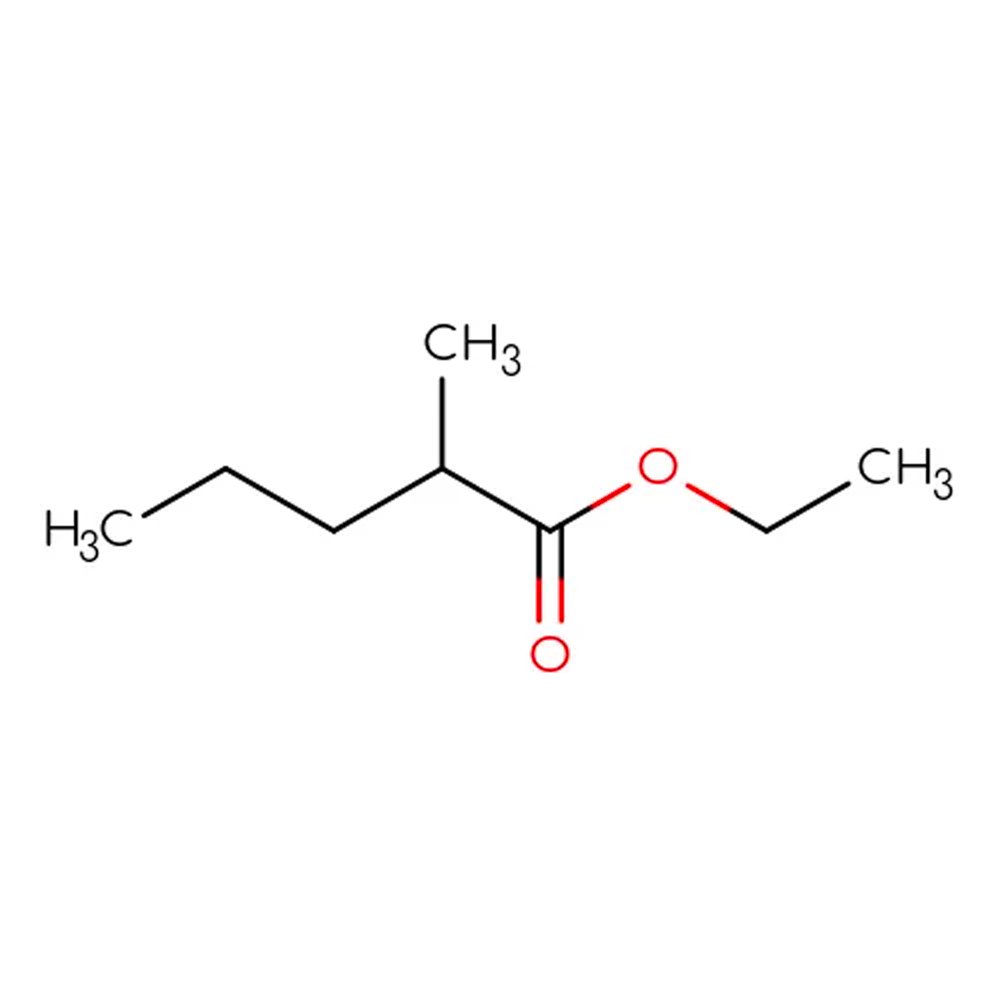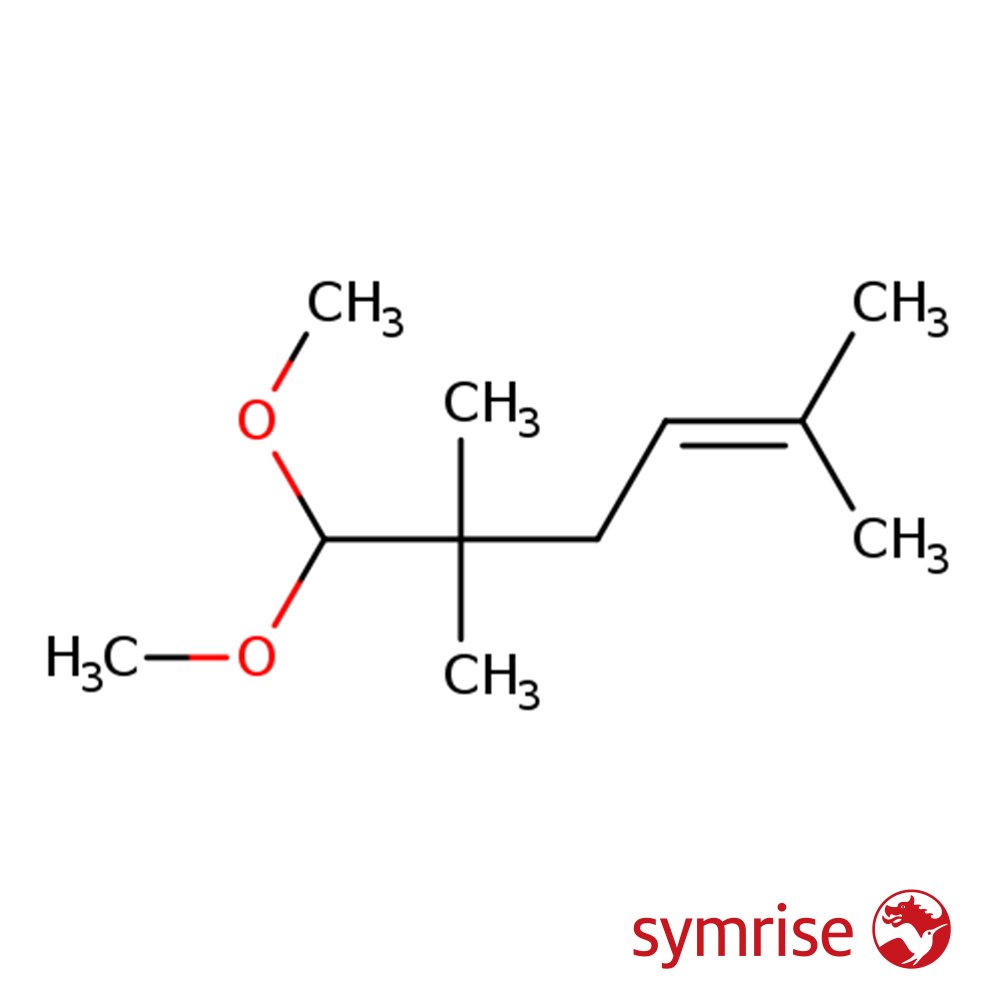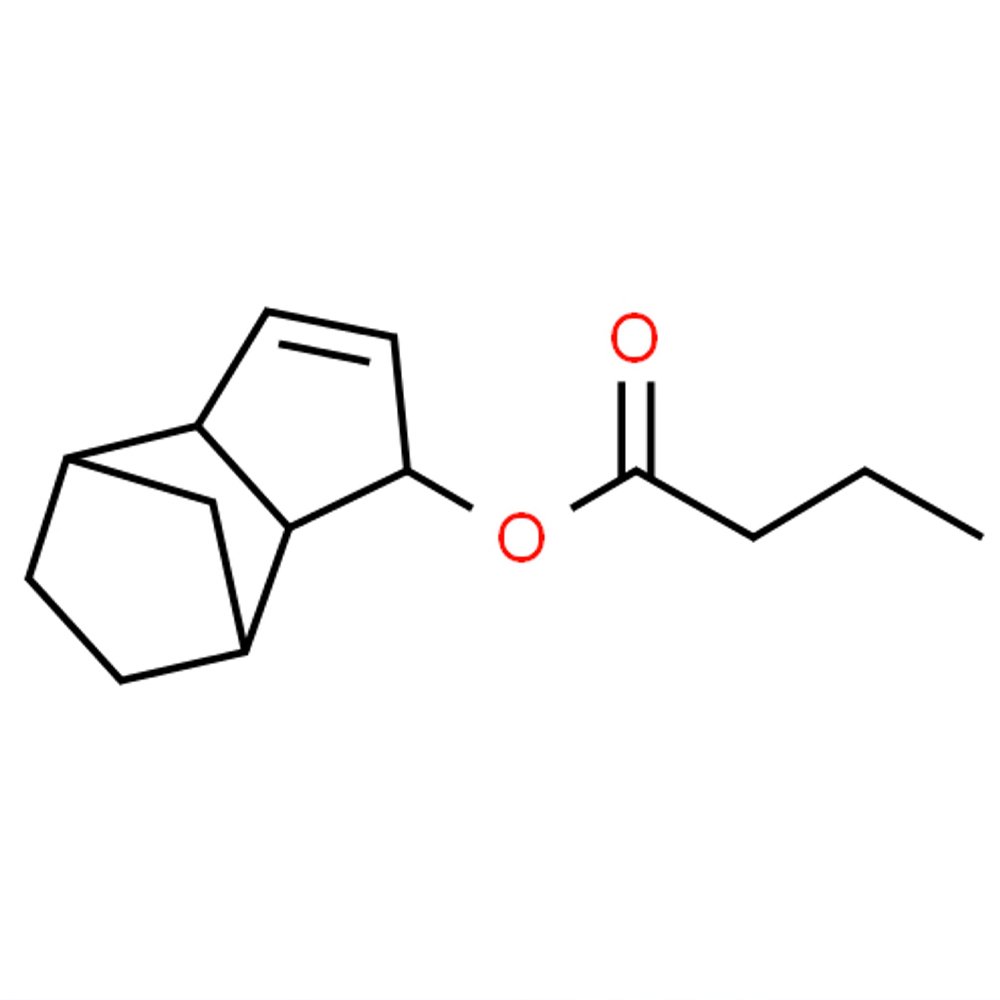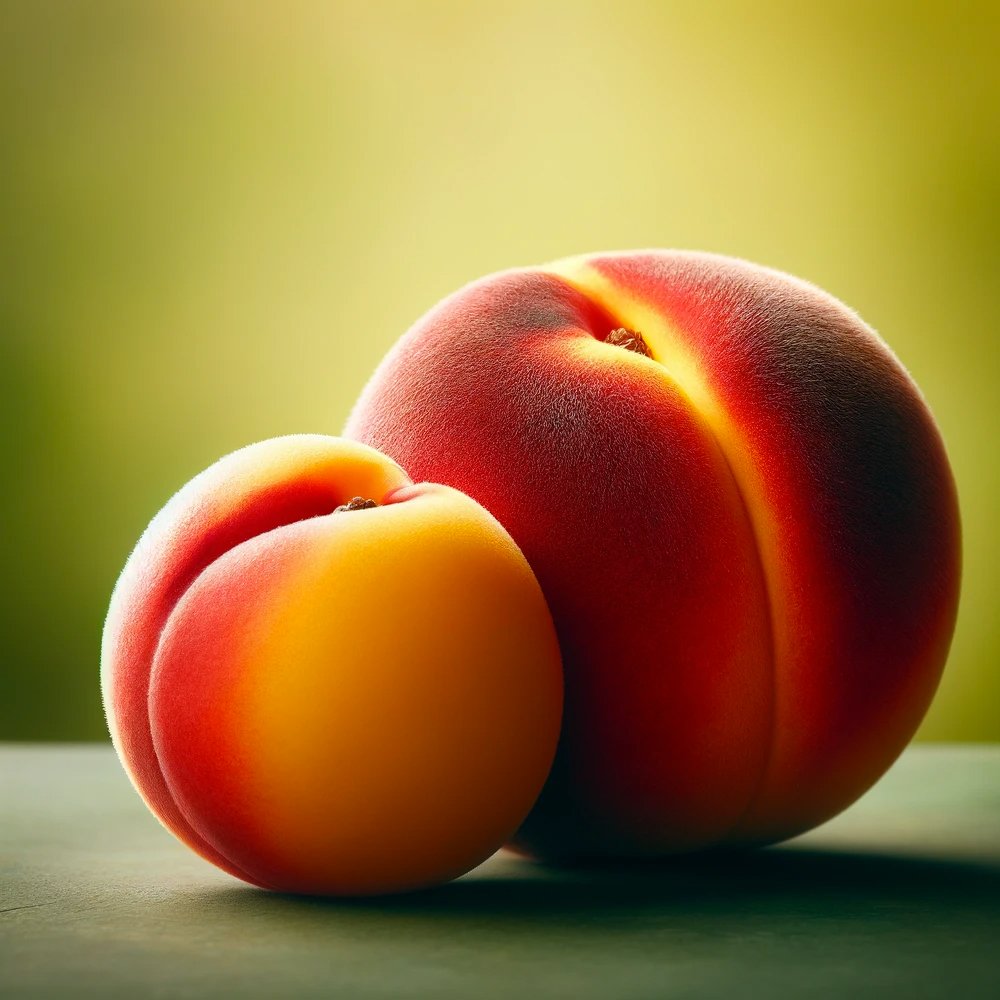Raspberry Ketone (Frambinone)
Premium Synthetic Ingredient for Perfumery
Raspberry Ketone, also known as Frambinone, is a synthetic aromatic ketone used in perfumery for its intensely fruity and powdery olfactory profile. With its delicate red fruit nuances and high strength, it serves as a support material for fruity base notes, adding a subtle sweetness and a soft powdery finish to compositions. Its aroma has a low volatility but high impact, making it especially effective in enhancing depth and roundness in fruity-floral or gourmand structures.
Premium Synthetic Ingredient for Perfumery
Raspberry Ketone, also known as Frambinone, is a synthetic aromatic ketone used in perfumery for its intensely fruity and powdery olfactory profile. With its delicate red fruit nuances and high strength, it serves as a support material for fruity base notes, adding a subtle sweetness and a soft powdery finish to compositions. Its aroma has a low volatility but high impact, making it especially effective in enhancing depth and roundness in fruity-floral or gourmand structures.
Premium Synthetic Ingredient for Perfumery
Raspberry Ketone, also known as Frambinone, is a synthetic aromatic ketone used in perfumery for its intensely fruity and powdery olfactory profile. With its delicate red fruit nuances and high strength, it serves as a support material for fruity base notes, adding a subtle sweetness and a soft powdery finish to compositions. Its aroma has a low volatility but high impact, making it especially effective in enhancing depth and roundness in fruity-floral or gourmand structures.
Synthetic Ingredient Overview
🏭 Manufacturer — Various industrial fragrance suppliers
🔎 Chemical name — 4-(4-Hydroxyphenyl)butan-2-one
🧪 Synonyms — Raspberry Ketone, Frambinone, Rheosmin
🧬 Chemical Formula — C₁₀H₁₂O₂
📂 CAS N° — 5471-51-2
📘 FEMA — 2588
⚖️ MW — 164.20 g/mol
📝 Odor type — Fruity / Sweet
📈 Odor Strength — High
👃🏼 Odor Profile — Fruity, sweet, powdery, with red fruit facets; soft and delicate in drydown
⚗️ Uses — Enhances fruity base notes (berries, red fruits); adds powdery softness; effective in fruity florals and gourmand structures
🧴 Appearance — White crystalline solid or off-white powder
💧 Solubility — Slightly soluble in water, soluble in alcohol and most organic solvents
What is Raspberry Ketone?
Raspberry Ketone, chemically named 4-(4-hydroxyphenyl)butan-2-one, is a synthetic aromatic ketone structurally related to vanillin and zingerone. It is one of the key odorants associated with raspberry fruit aroma, although it occurs only in trace amounts in nature.
It has been used since the mid-20th century in both perfumery and flavoring, thanks to its low threshold of perception, high tenacity, and excellent blending compatibility with fruit and floral materials.
In perfumery, Raspberry Ketone is particularly valued for imparting:
Red berry fullness in fruity accords
A fine powdery veil that softens the transition into the base note
A sense of natural fruitiness without cloying sweetness
Olfactory Profile and Perfumery Applications
Raspberry Ketone offers:
A delicate yet persistent red fruit tone
Sweet, berry-like opening
Smooth powdery drydown, similar in effect to heliotropin or benzyl salicylate, but less floral
High compatibility with musk, violet, aldehydes, and gourmand bases
Common applications:
Fruity-floral perfumes (e.g., raspberry-rose, peony-fruit)
Gourmand bases (red fruit & vanilla blends)
Modern chypres and teen-oriented fruity perfumes
Body sprays and scented cosmetics for a soft-fruity lift
Synergistic combinations:
Works particularly well with:
Ethyl Maltol, Furaneol (for sweetness)
Methyl Anthranilate (for grape-fruit blends)
Ionones and Musks (for roundness and diffusion)
Industrial and Technical Uses
In addition to perfumery, Raspberry Ketone is approved as a GRAS flavoring (FEMA 2588) and is used in:
Berry-flavored beverages
Confectionery and bakery
Functional fruit-like aromas in oral care products
Cosmetic fragrance for lotions, creams, powders
While promoted in some markets for weight-loss supplements, its primary validated applications remain olfactory and gustatory.
Regulatory and Safety Overview
IFRA: Not restricted under current IFRA 51st Amendment
EU Allergen Listing: Not listed among the 26 declarable fragrance allergens
FEMA GRAS: ✅ FEMA 2588; approved for flavor use in food and beverages
ECHA: Registered; not classified as hazardous under CLP
Toxicology: Generally recognized as safe at standard perfumery and flavoring concentrations; no known sensitization or phototoxicity
Stability: Chemically stable in fragrance formulations; may discolor under prolonged UV exposure
✅ Broadly considered safe and effective in regulated concentrations across perfumery and flavor contexts.
Sources
FEMA GRAS Database – FEMA No. 2588
PubChem CID 10621 – Raspberry Ketone
Leffingwell & Associates – Fragrance Ingredient Reviews
Scentspiracy Technical Archive – Fulvio Ciccolo
Common Fragrance and Flavor Materials – Bauer, Garbe, Surburg









